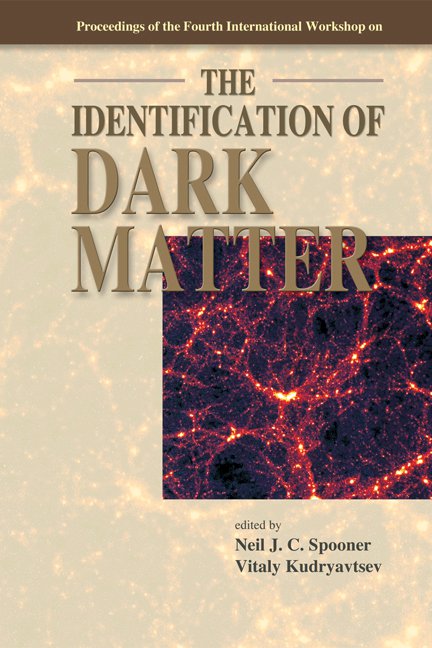THE STRUCTURE OF AGN DISCS FROM FOURIER ANALYSIS OF THE LIGHT CURVES
The variability of quasars has long held the promise of shedding light on their detailed structure, and possibly other cosmosological phenonema. Different emission mechanisms lead to different patterns of variability in flux which are in principle easily distinguishable. Recent predictions for the expected spectrum of variations for various quasar models are now in such a form that they can be compared with the observed statistical properties of quasar light curves from large scale monitoring programmes. In this paper, we use the results of a long term monitoring programme of a large sample of quasars to distinguish between the various model predictions. The results appear to conclusively rule out models based on accretion disc instability or starburst, on the basis of both the shape and the timescale of the spectrum of fluctuations. However, predictions for the spectrum of fluctuations from gravitational microlensing by a population of compact bodies along the line of sight agree well with the observed variation. These sub-stellar mass bodies would be sufficient to make up the dark matter.



